The 13 Best Evergreen Shrubs for Your Garden
Many friends do not like to grow herbaceous plants. They want some shrubs and flowers that are only slightly tall but can be grown in large pots. They can continue to grow for many years, and their plants will grow taller and look more conspicuous. Shrubs are also relatively easy to care for, but the key is that they are more difficult to kill.
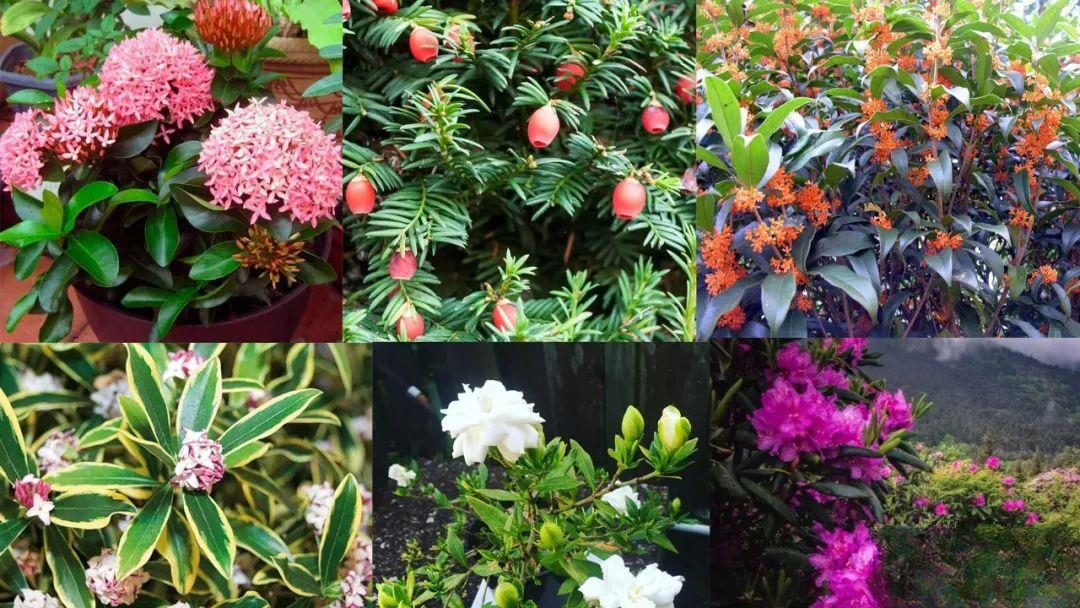
Shrubs are woody plants, but they are much shorter than trees. The following shrubs and flowers are generally less than 34 meters tall. After being potted, they can grow to one or two meters high. They are easy to care for and can keep their leaves green all year round.
1. Ixora
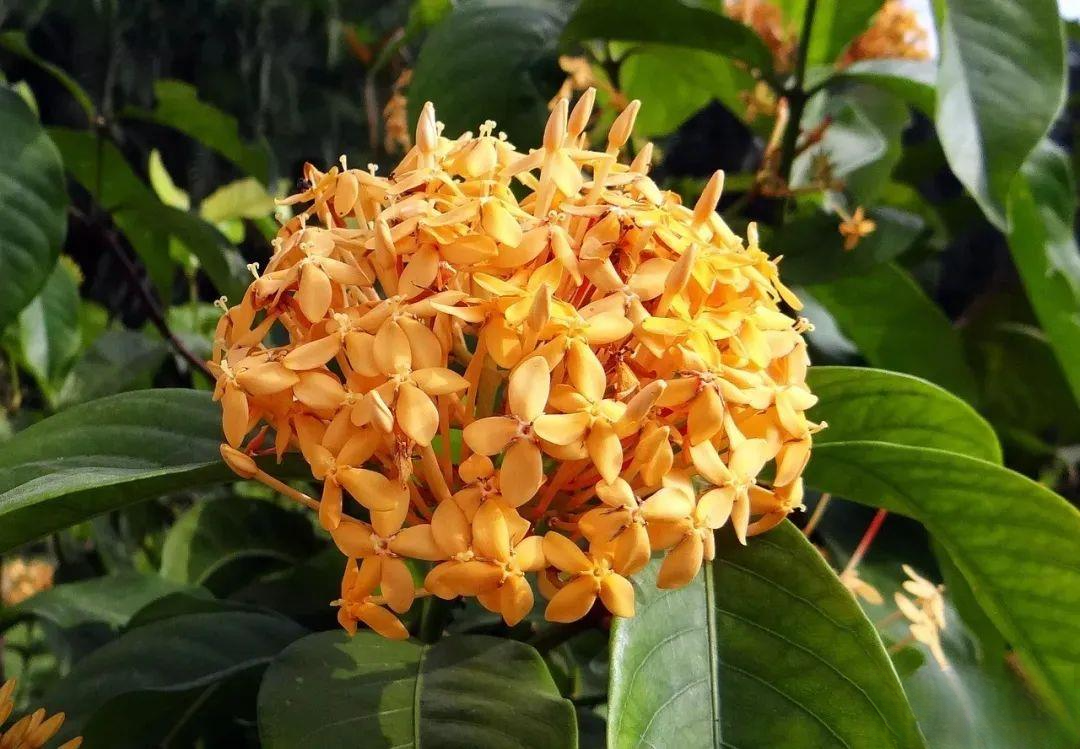
The Ixora is sometimes called the Hundred-Day Red because its flowering period is extremely long and it can be seen blooming basically all year round. The Ixora is a common tropical shrub flower. The plant is relatively short and after being potted, the index height can generally be controlled below 90 cm. Its leaves are emerald green, the flowers are brightly colored, and there are many varieties.
Common colors of Ixora include red, orange, yellow, white and mixed colors. It even looks a bit like hydrangea when it blooms.
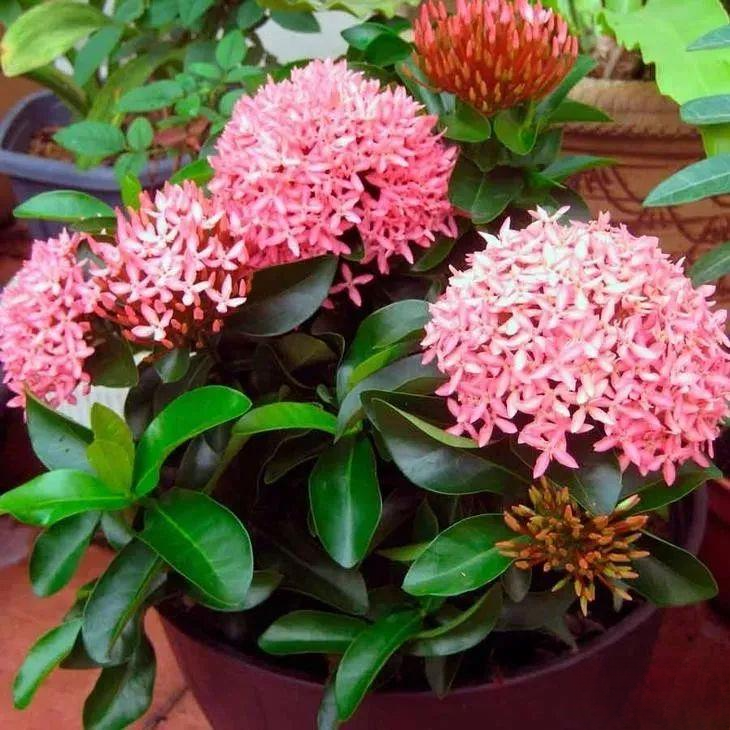
When caring for the Ixora, you must ensure sufficient light, a warm environment and high air humidity. It is best to have more than 6 hours of direct sunlight a day, and the ambient humidity should be maintained above 50%. Also, avoid low temperatures. In winter, the temperature must be maintained above 10 degrees to continue flowering. If the temperature is low in winter, below two degrees, it may be frostbitten.
If you want the dragon boat flower to bloom, you also need to provide some slightly acidic soil, the potting soil should have good drainage, appropriate fertility and more humus.
2. Milan
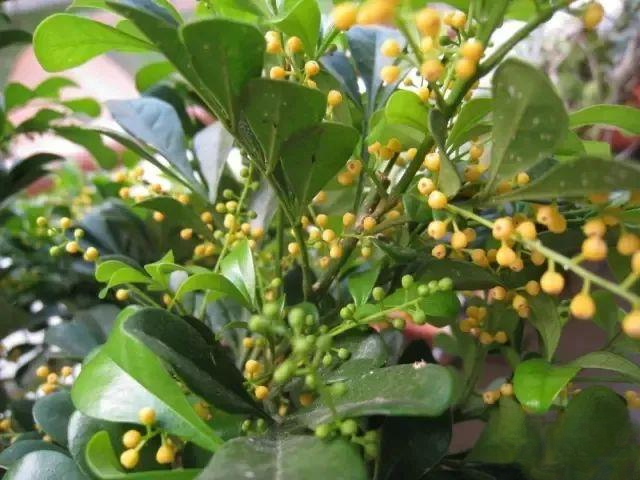
Milan is often affectionately called Milan. It is a shrub flower with small and delicate leaves. The leaves can remain green all year round. It is a very beautiful landscape plant in itself and is now also cultivated into a very popular ornamental potted plant.
The Milan plant is not very tall, generally growing to 70 to 90 centimeters in height. It blooms most brilliantly in summer and autumn. The flowers bloom when the weather is good and emit a very charming fragrance.
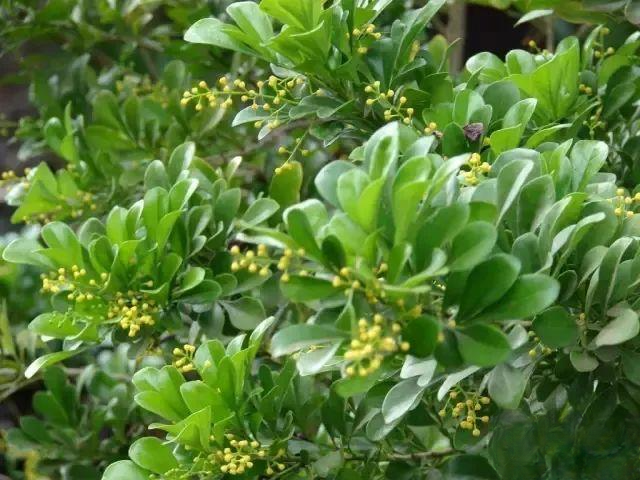
The flowers of Milan are all yellow or golden yellow, and the size of the flowers is only like rice grains, which is also the origin of its name. It is a relatively small shrub. During the growth period of seedlings, it needs to be slightly shaded and gradually exposed to the light. After the plant grows up and matures, it must be given as much light as possible, maintain the environment, maintain hygiene, and have good drainage. The maintenance temperature must be kept above 5 degrees.
3. Osmanthus
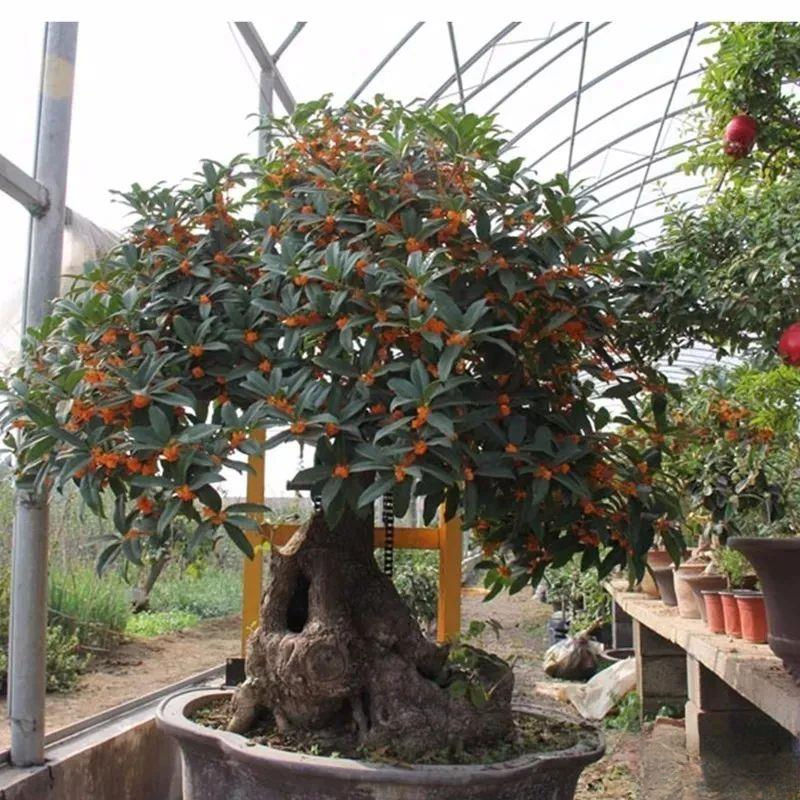
Osmanthus is an evergreen shrub with various varieties. It can generally grow to two or three meters in height and can be grown into a large potted plant. Its leaves are oval and latticed and the leaves are particularly smooth.
There are various varieties of osmanthus, including the orange-red Dangui, the white-flowered Yingui, and of course the Osmanthus fragrans that blooms all year round. The Osmanthus fragrans blooms every two or three months, so there are flowers for viewing all year round.
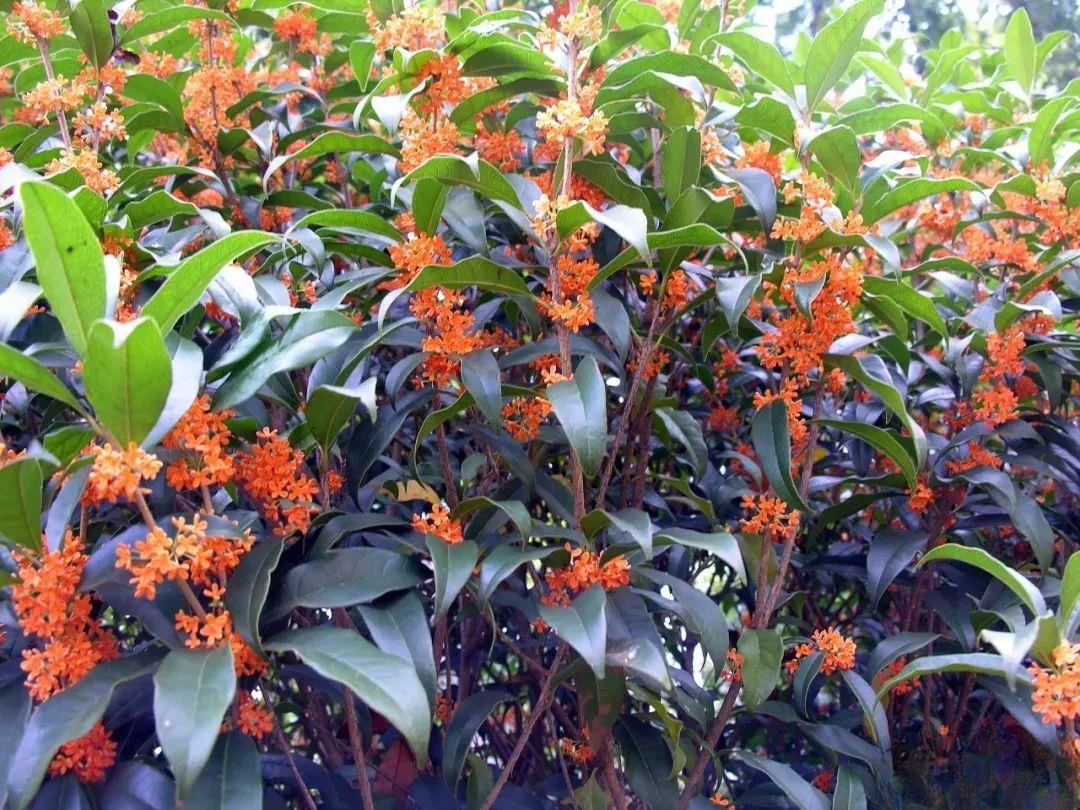
To cultivate osmanthus, a warm environment must be ensured, and the temperature is best between 15 and 30 degrees. To avoid freezing, the minimum maintenance temperature must be kept above zero degrees, and a high-speed environment must be maintained. This is the key to maintenance. Osmanthus can be grown in a place with more light at 1:00. After growing into a potted plant, avoid excessive exposure to the sun in the afternoon.
4. Azalea
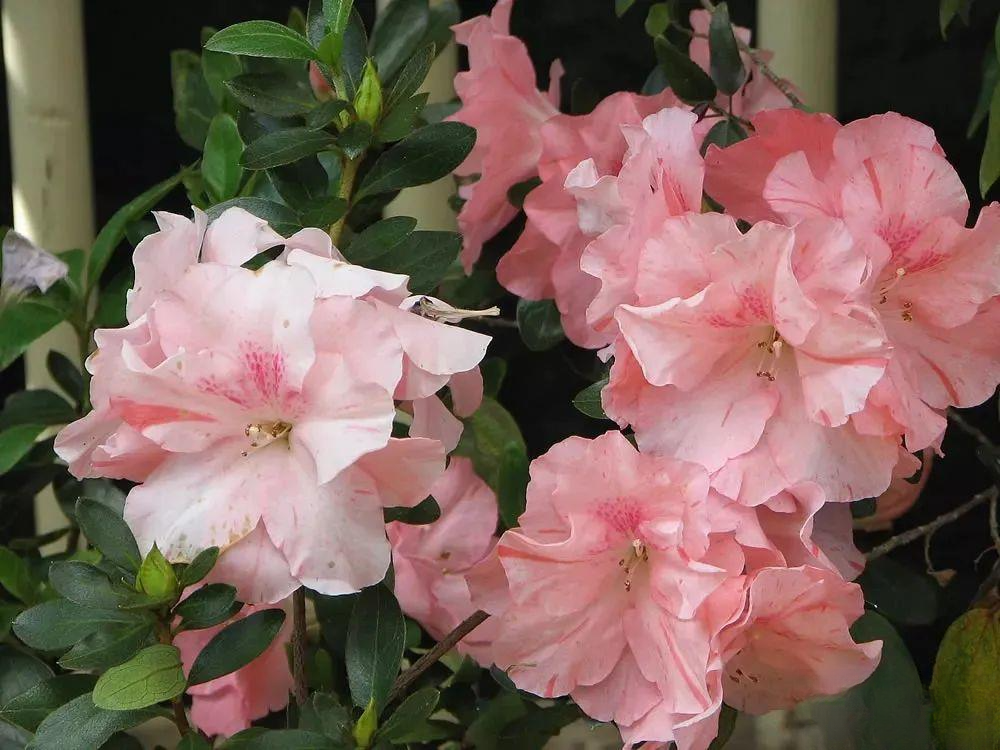
Rhododendron is often called azalea. It blooms brilliantly every spring. The most classic colors are red, pink, apricot and white. The flowers are lush and the leaves can remain green all year round.

Azalea is a very typical subtropical shrub flower. It prefers slightly acidic soil. The planting environment must be warm, with high air humidity and more light every day. However, in the hot summer, attention must be paid to sun protection and shade. It prefers a semi-shaded environment to avoid excessive exposure to the sun. The environment must be ventilated and light-transmitting. The temperature in summer should not exceed 35 degrees, and the temperature in winter should be maintained above zero.
5. Yew
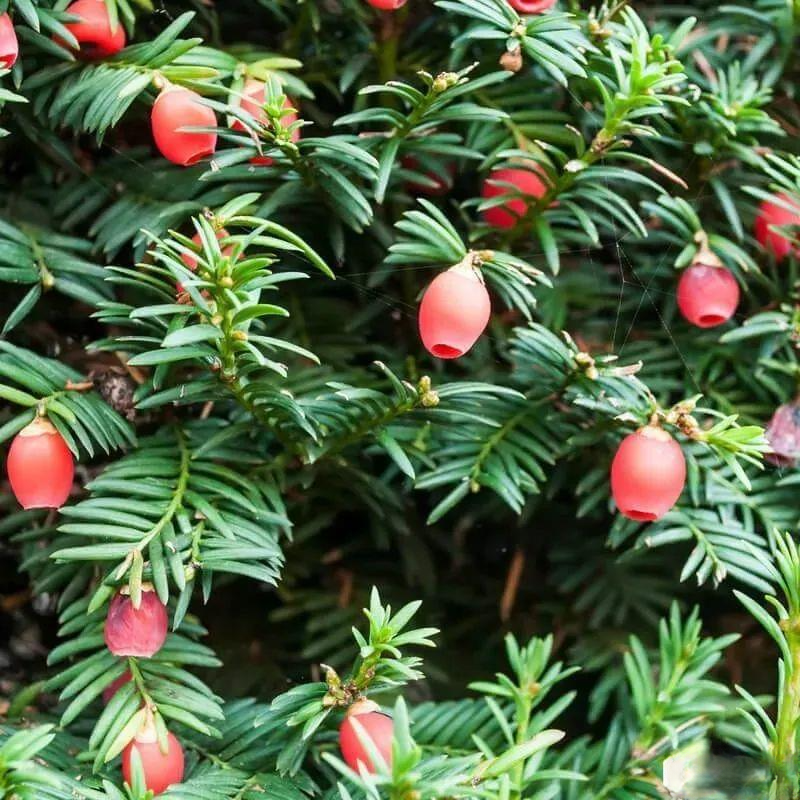
There are various varieties of yew, their roots are relatively shallow, but the lateral roots are relatively developed. There are varieties such as the northeastern yew suitable for growing in the northeast, the southern yew suitable for growing in the south, and the Yunnan yew.
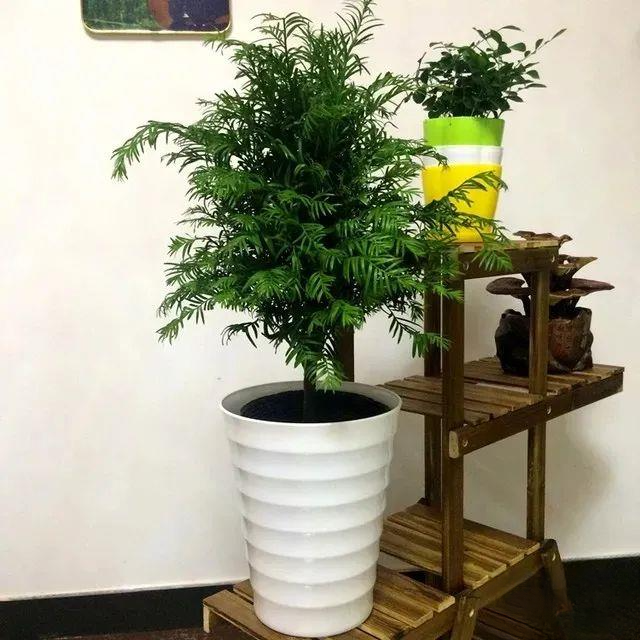
After growing the yew tree into a potted plant, pay attention to providing it with appropriate scattered light every day, the environment must be well ventilated, and the air humidity must be maintained at a high level. After growing it into a potted plant, avoid exposure to the sun, avoid dry air, and pay attention to keeping the environment warm.
6. Jasmine
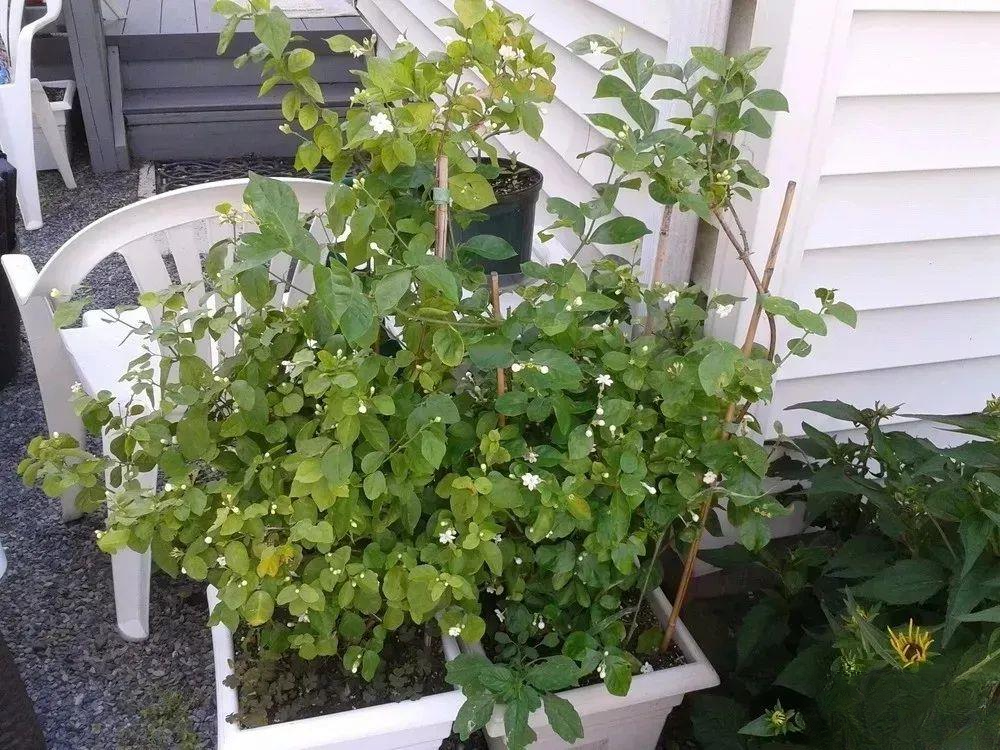
Jasmine is a very common shrub flower that blooms with fragrant flowers in late spring and summer every year.
Jasmine is very popular and has been cultivated in various varieties. To maintain jasmine, you must ensure that the environment is warm and well ventilated. It is best to have more than 4 to 6 hours of direct sunlight every day. The soil for cultivation should contain more humus. Generally, it is planted in slightly acidic sandy soil. In addition to adding compost soil, leaf mold or peat soil to the dust, you should also add some to ensure good drainage.
7. Drunken Tree
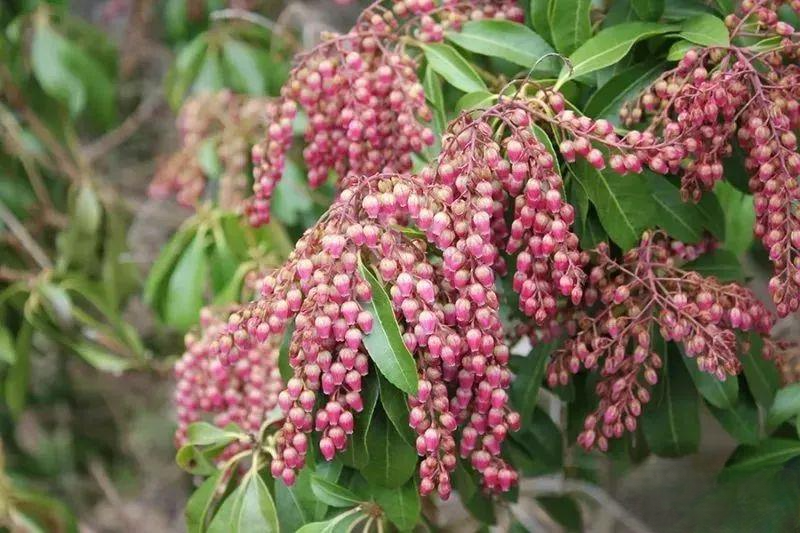
The Pieris japonica is a shrub that can be seen in the south. It grows to two or three meters high and can be grown into a large potted plant. In late spring every year, it can bloom with very charming clusters of flowers, and after the flowers bloom, they can also produce fruits.
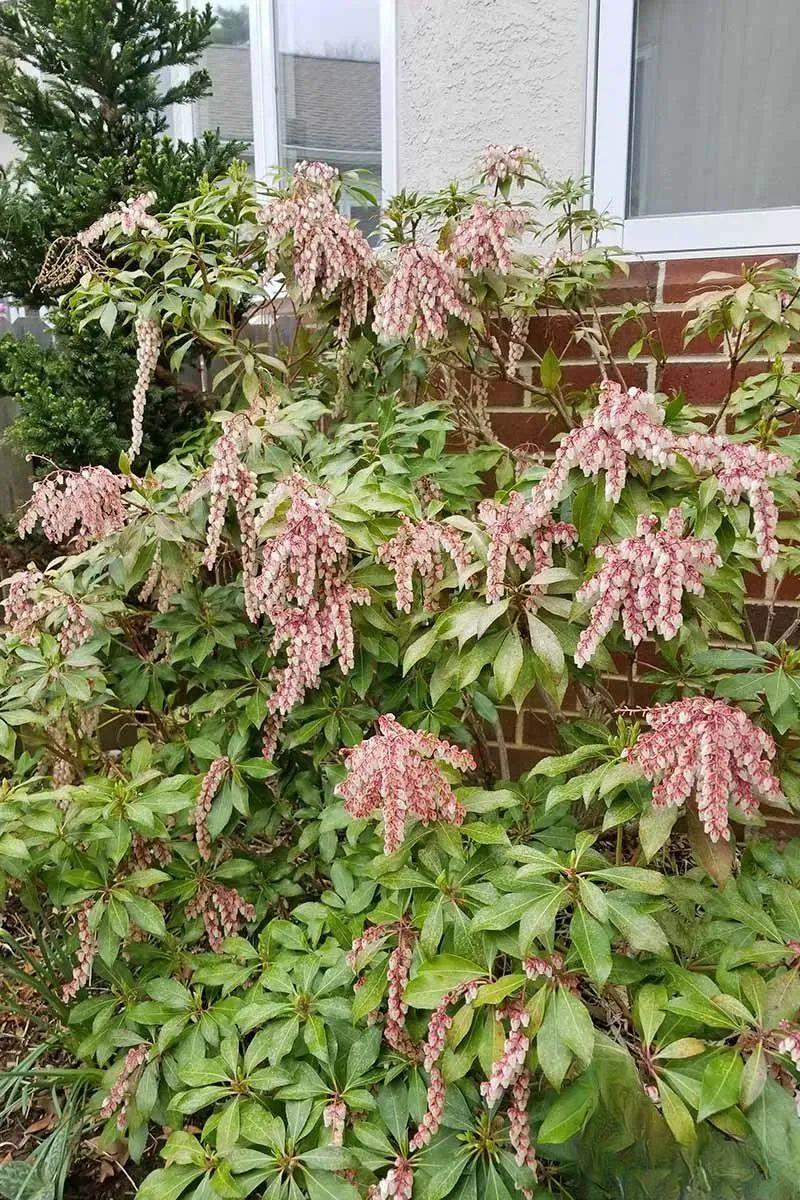
The environment of Chinese horse chestnut must be kept warm and humid, with a semi-shaded environment. They are afraid of excessive exposure to the sun, and are generally planted in the shade of other trees. The soil should be kept slightly moist during the growth period, and can be supplemented every month in spring, summer and autumn. The maintenance of horse chestnut should also avoid freezing. It has a certain degree of cold resistance, but the minimum maintenance temperature is best kept above 5 degrees.
8. Ten major achievements
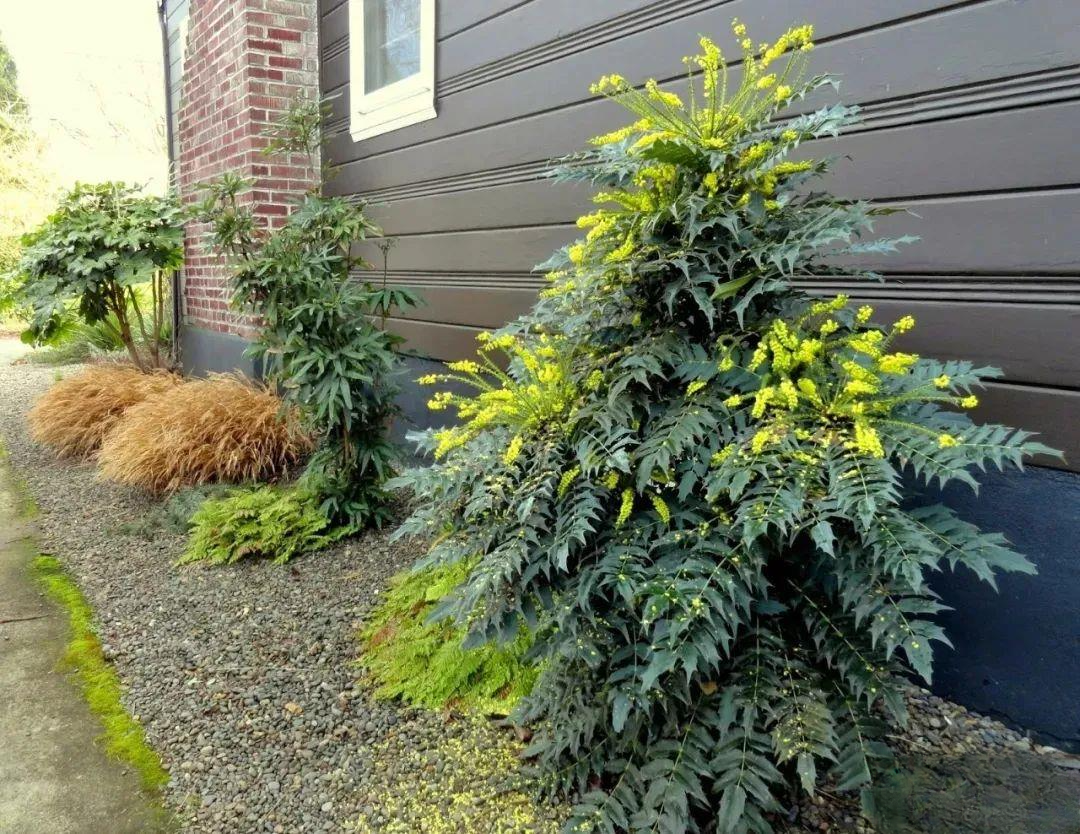
Euonymus japonicus is more suitable to be planted in a relatively shady place. It has good shade tolerance and is afraid of excessive exposure to the sun. It has a strong cold resistance and will rely on excessive heat. It grows best in a warm, cool and shaded environment. If there is appropriate reflected light every day, it can also bloom some flowers. Its flowers are all bloomed at the top of the plant, and the fruits produced can also be used for food.
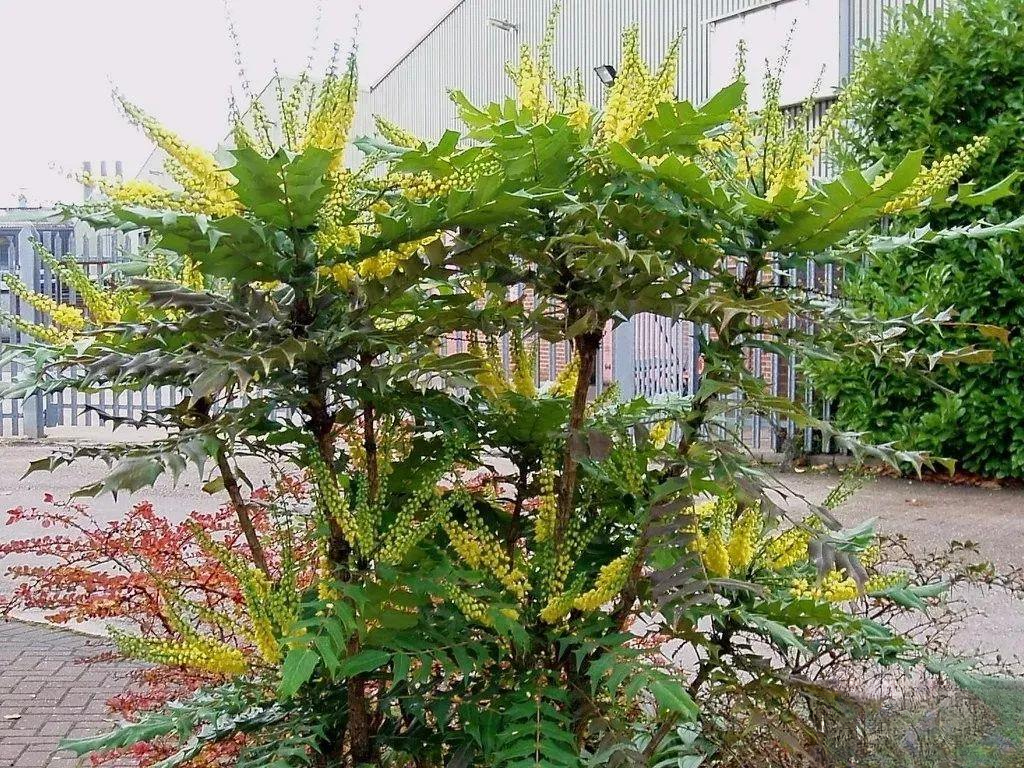
The soil for cultivating Euphorbia pulcherrima must have good drainage. The soil must be loose, fertile and have good drainage. The leaves of Euphorbia pulcherrima are emerald green, the plants grow evenly, and it is quite ornamental. It is very suitable to be used as a landscape plant and arranged in the center of a flower bed.
9. Gardenia
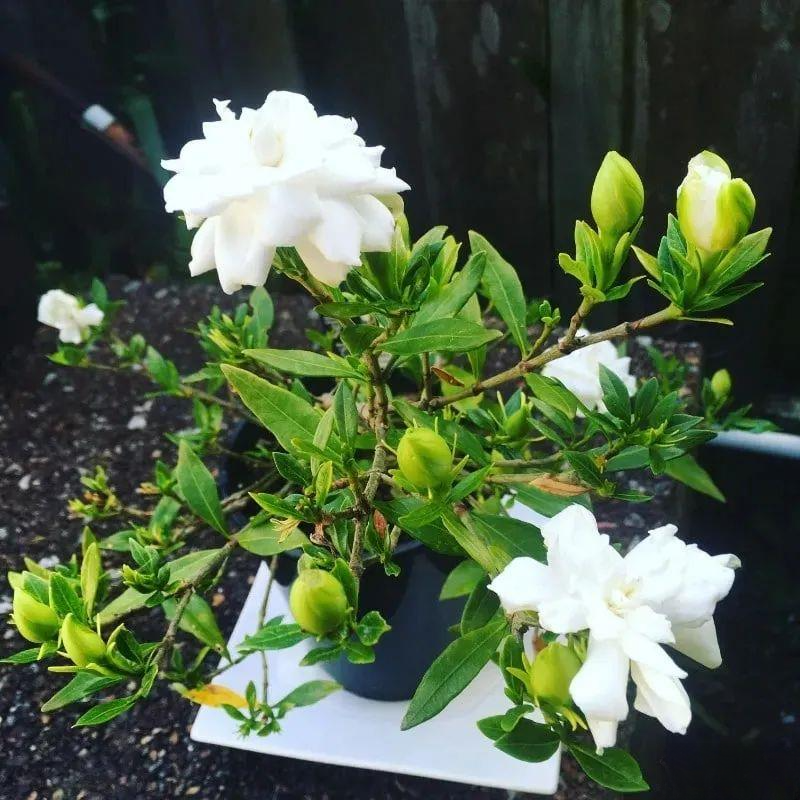
Gardenia is an evergreen shrub with very fragrant flowers. Gardenia can be seen from May to July every year. The fragrant and charming pure white flowers will gradually turn yellow and slowly wither and die.
Then I must give the potted gardenia more light, and pay attention to proper shade in the summer afternoon. The leaves will grow more crisp in semi-shade, but it will affect flowering. He said that warm and high air humidity, heat resistance and cold resistance are good. As long as the maintenance temperature in winter is kept above 5 degrees, it can safely overwinter.
10. Osmanthus fragrans
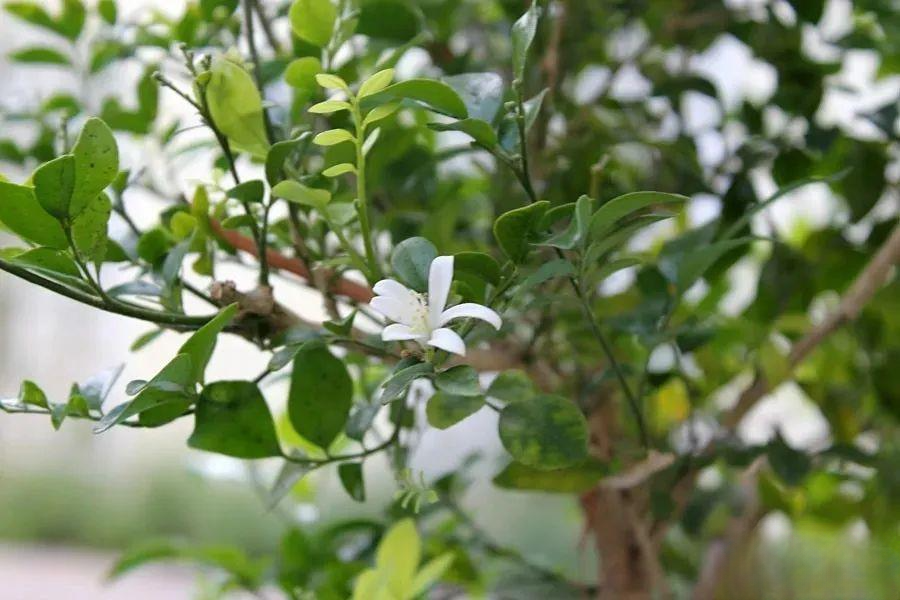
Osmanthus fragrans has a very beautiful shape, with green leaves and rich fragrance. It is particularly popular in the southern regions. It is more suitable for places with more sunlight and good drainage.
Nowadays, Osmanthus fragrans is usually grown as a potted ornamental plant, and sometimes it is also grown as a bonsai. It prefers a warm environment, and the temperature is best between 20 and 33 degrees. Its cold resistance is relatively poor. It must be kept in a sunny and ventilated location, and the maintenance temperature should be maintained above 5 degrees.
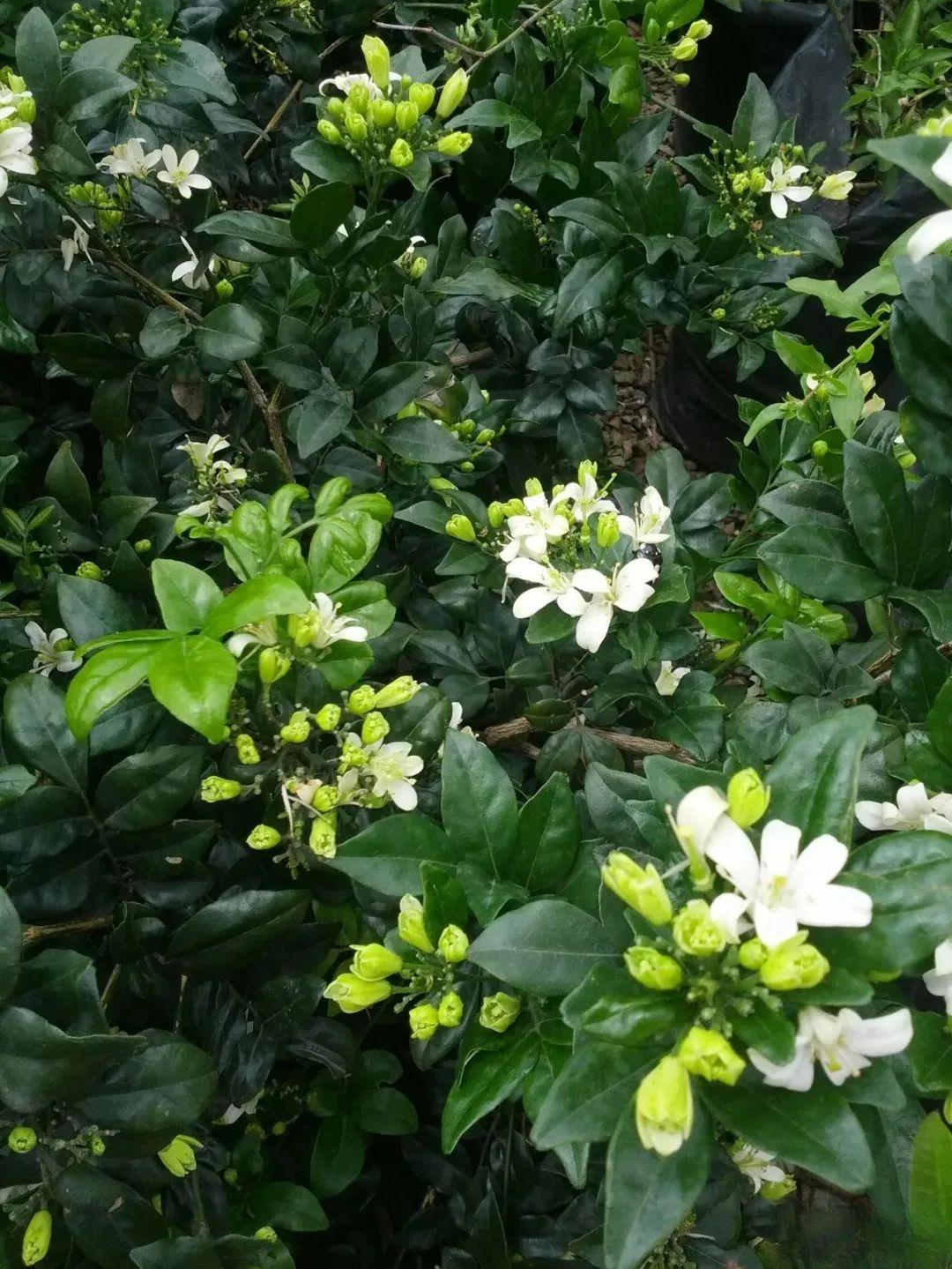
During the growing season, you should pay attention to adding some slightly acidic soil to the Osmanthus fragrans. In such an environment, the air humidity should be high and there should be more than 6 hours of direct sunlight every day, which is best for the growth of Osmanthus fragrans.
11. Daphne odora
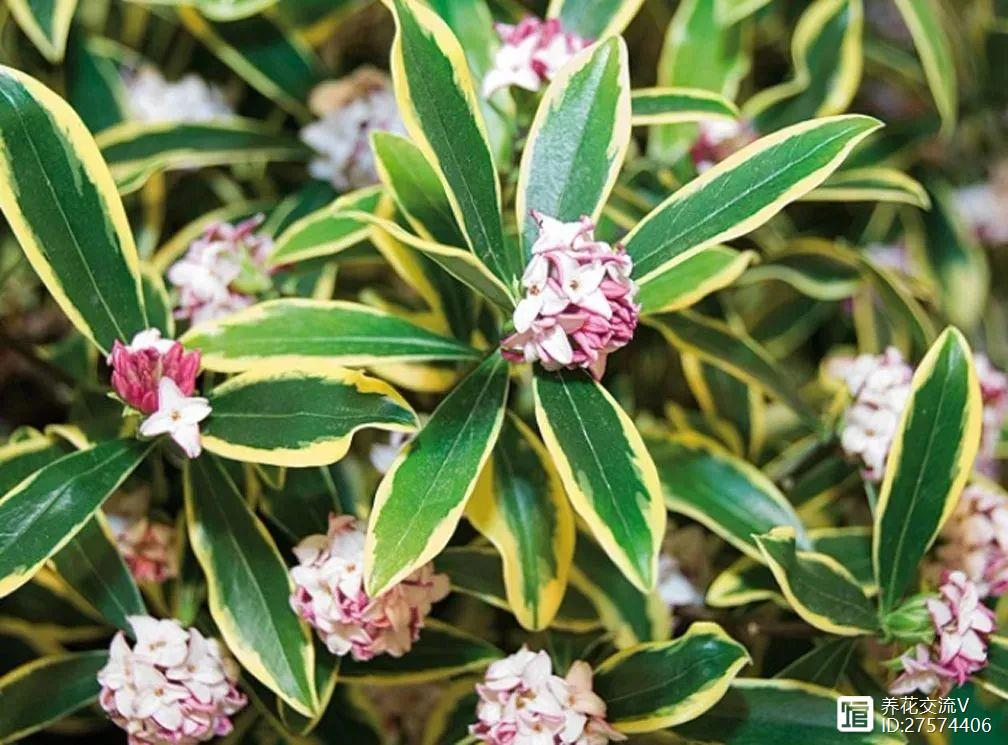
Daphne odora is an upright shrub flower and a very popular ornamental plant with fragrant flowers and elegant posture.
When growing Osmanthus fragrans in pots, you should pay attention to ensure that it has more light and provide appropriate shade in the summer. It likes to grow in semi-shade and grows best in well-drained places. In the summer, you should increase ventilation and spray water to cool it down.
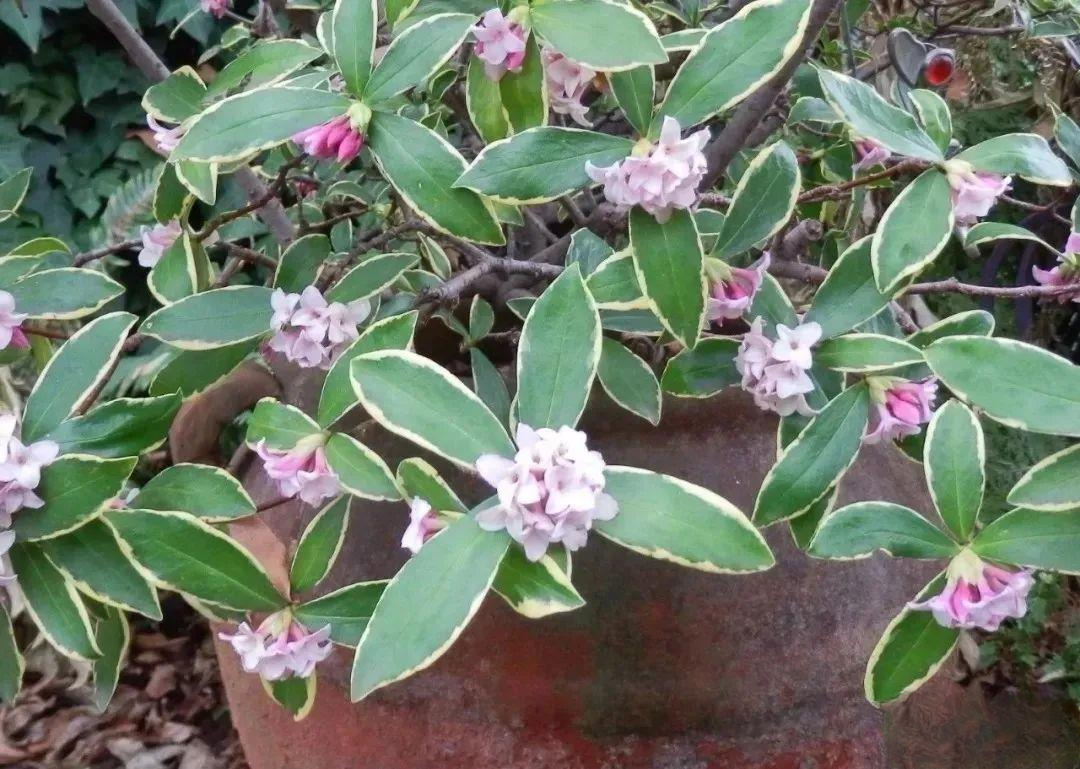
Osmanthus fragrans is generally cultivated as a ground-planted flower or tree. During the cultivation process, transplanting should be avoided. The cultivation soil should be added with more slightly acidic leaf mold or compost soil, and some river sand should be added appropriately to ensure good drainage. If the soil is often moist, it is easy to cause root rot.
12. Bicolor Jasmine
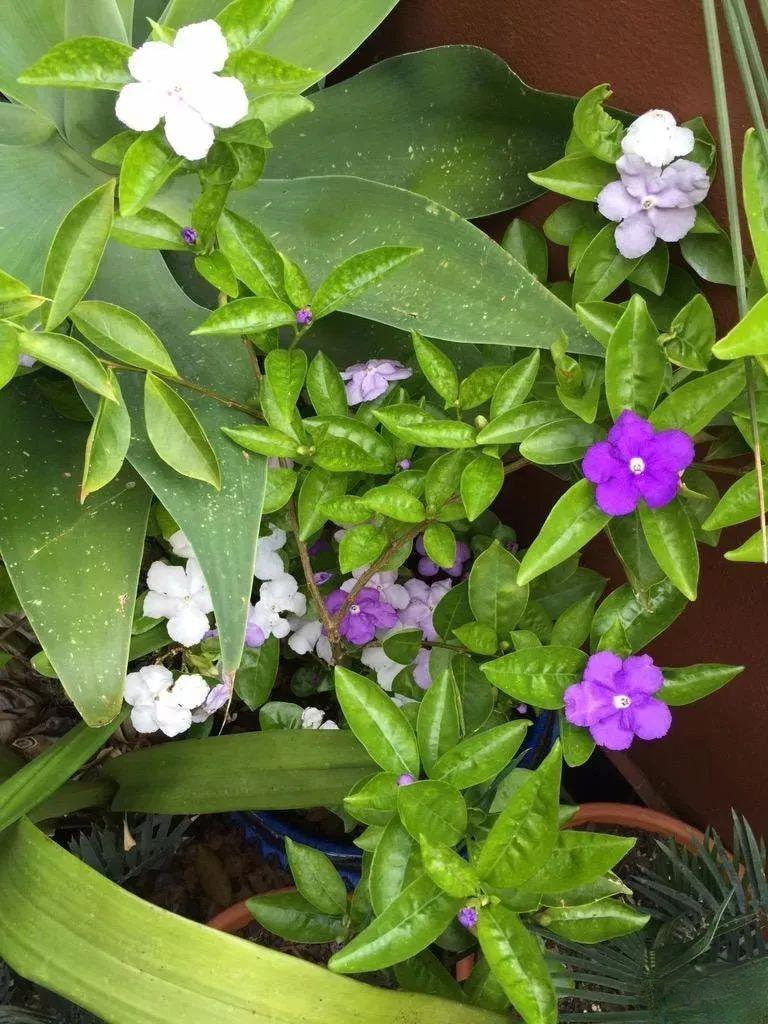
Bicolor jasmine is also called mandarin duck jasmine. Its flowers have different colors. White and purple flowers can bloom on the same plant. In fact, it is because the flowers bloom at different times. The flowers that just bloom are purple, then they will slowly turn white, and then they will gradually wither.
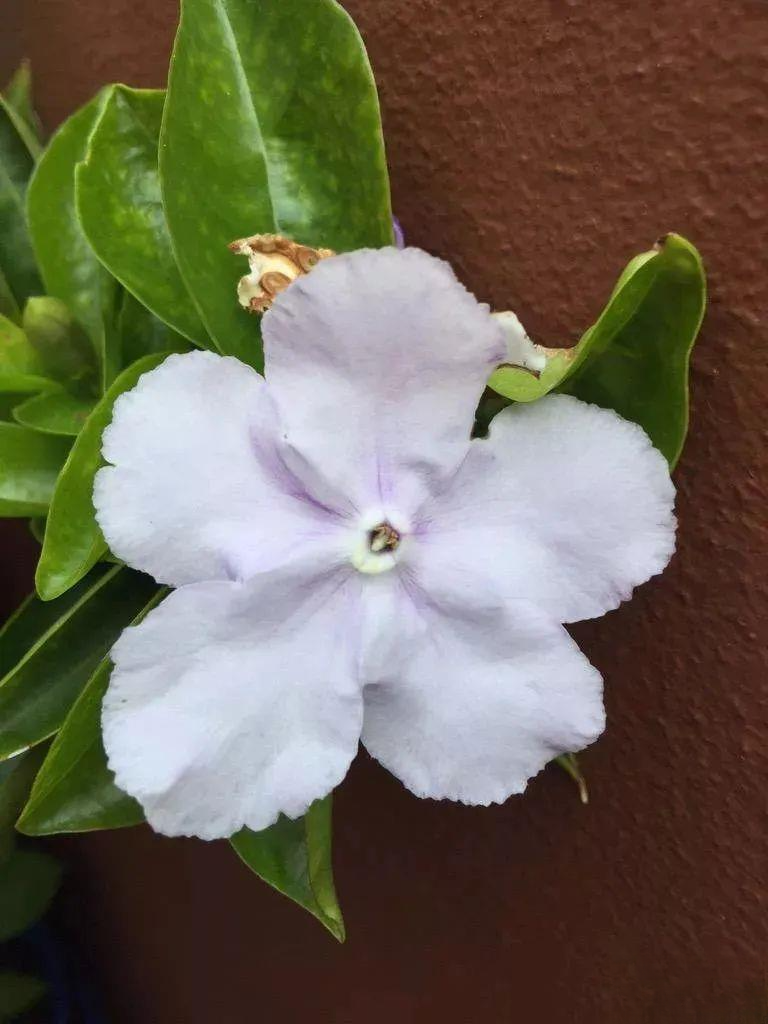
Bicolor jasmine is a shrub flower that is green all year round. It is easier to plant in the southern regions, but it needs to be grown in potted plants in the northern regions. After growing in the potted plants, it is necessary to ensure that there are more than 4 to 6 hours of direct sunlight every day, and the maintenance temperature should be maintained above 7 degrees. If the environment is not well ventilated, it will not grow well. Also, pay attention to maintaining an air humidity of more than 50%.